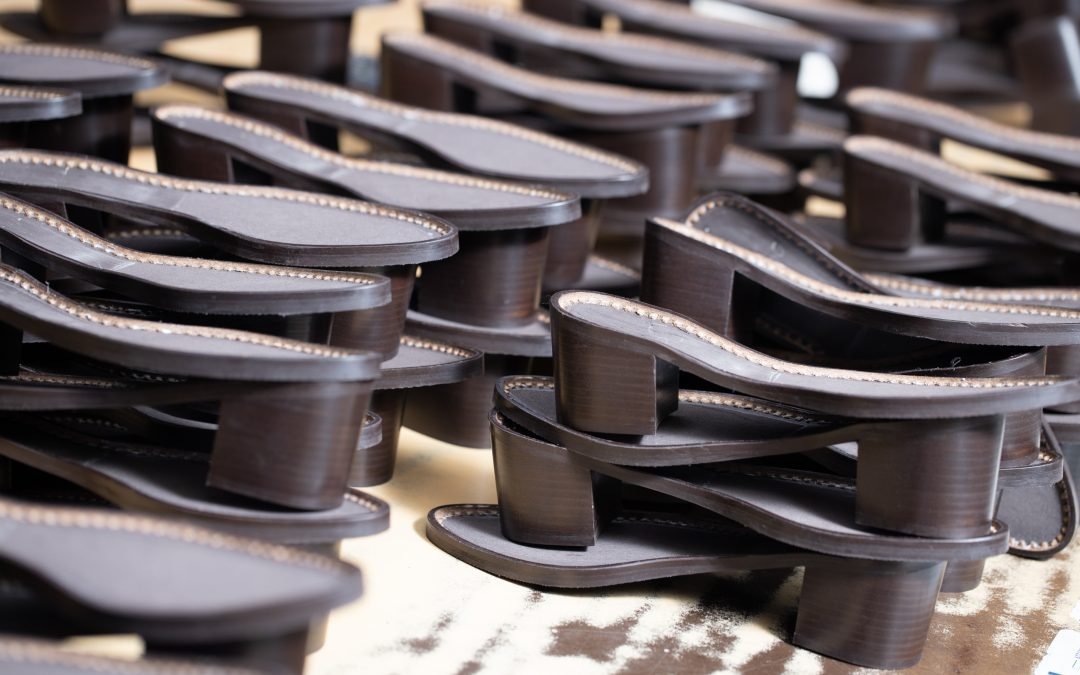Introduction:
The choice of shoe sole material plays a pivotal role in determining the durability, comfort, and performance of footwear. From conventional options like leather to contemporary innovations such as rubber compounds, each material offers distinct characteristics that cater to various preferences and needs. In this comprehensive guide, we will delve into the diverse types of shoe sole materials, exploring their properties and considerations for selecting the right sole for your footwear needs.
Rubber Soles
Rubber soles stand out as one of the most popular choices for footwear, prized for their durability, flexibility, and exceptional traction. Sourced from the latex of rubber trees, natural rubber boasts outstanding elasticity and resilience, making it suitable for a wide range of footwear, from everyday casual shoes to athletic sneakers. Synthetic rubber compounds, including ethylene-vinyl acetate (EVA) and thermoplastic rubber (TPR), offer additional benefits such as lightweight cushioning and resistance to abrasion. Highly versatile, rubber soles are ideal for various activities, from everyday wear to outdoor adventures.
Leather Soles
Leather has remained a traditional choice for shoe soles for centuries, valued for its durability, breathability, and refined appearance. Full-grain leather soles are renowned for their longevity and ability to conform to the wearer’s foot over time, providing unparalleled comfort and support. However, leather soles may require a break-in period and might not offer the same level of traction as rubber soles, making them better suited for dress shoes and formal occasions.
Foam Soles
Foam soles, typically crafted from materials like polyurethane (PU) or ethylene-vinyl acetate (EVA), offer lightweight cushioning and effective shock absorption. Commonly used in athletic shoes and sneakers, foam soles deliver a responsive and comfortable experience. Available in various densities and thicknesses, foam soles allow manufacturers to customize cushioning and support levels to different activities and preferences. While excelling in cushioning, foam soles may lack the durability of rubber or leather counterparts and may compress over time with heavy use.
TPU Soles
Thermoplastic polyurethane (TPU) emerges as a versatile material prized for its durability, flexibility, and resistance to abrasion. TPU soles blend the advantages of rubber and plastic, offering excellent traction and shock absorption while retaining lightweight and flexibility. Commonly found in hiking boots, work boots, and outdoor footwear, TPU soles epitomize ruggedness and performance. These soles provide reliable grip across diverse surfaces and withstand wear and tear, ensuring enduring performance in demanding conditions.
Considerations for Choosing Shoe Sole Material
When selecting the right shoe sole material, several factors should be considered:
Intended Use: Align the sole material with the footwear’s primary purpose and anticipated environment.
Durability: Assess the sole material’s robustness, particularly for regular or outdoor use.
Comfort: Prioritize cushioning and comfort, especially for extended wear.
Traction: Opt for a sole material providing adequate grip and traction to prevent slips and falls.
Maintenance: Consider the ease of maintenance and cleaning, as some sole materials may require special care.
Conclusion:
The choice of shoe sole material significantly influences footwear’s overall comfort, durability, and performance. Whether favoring the classic elegance of leather, the versatility of rubber, or the lightweight cushioning of foam, there exists a sole material to suit every preference and need. By understanding the properties and characteristics of different sole materials, you can make an informed decision when selecting your next pair of shoes.
